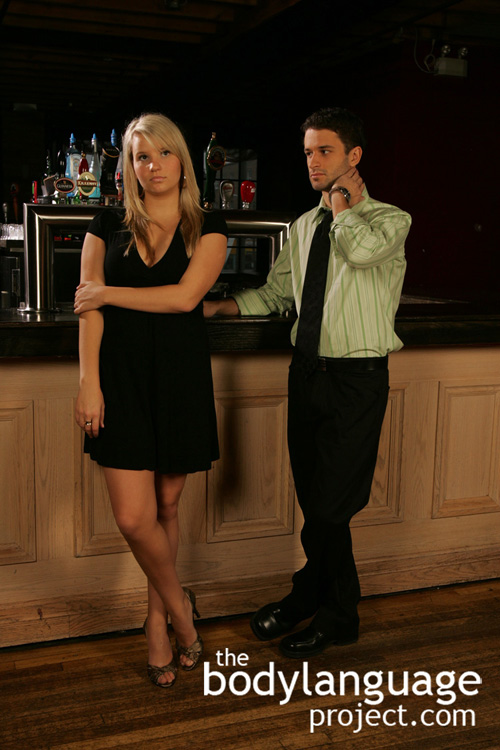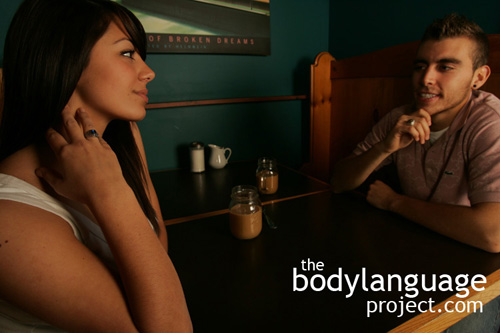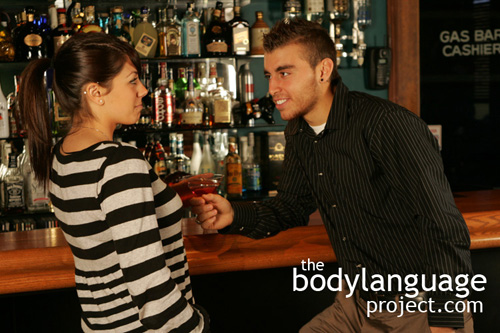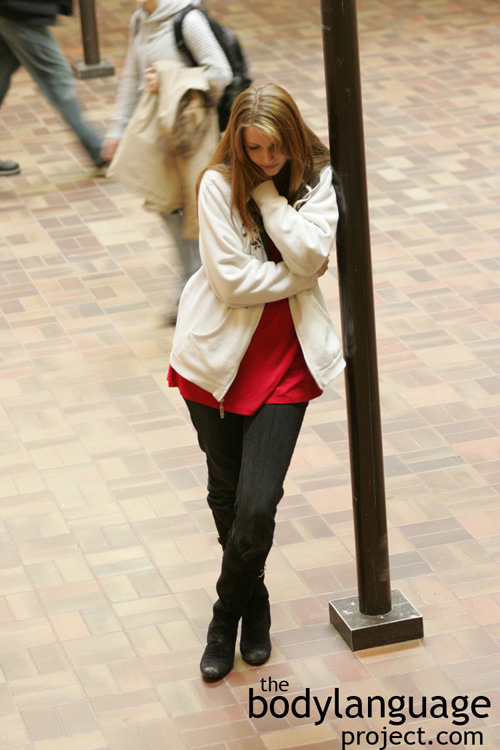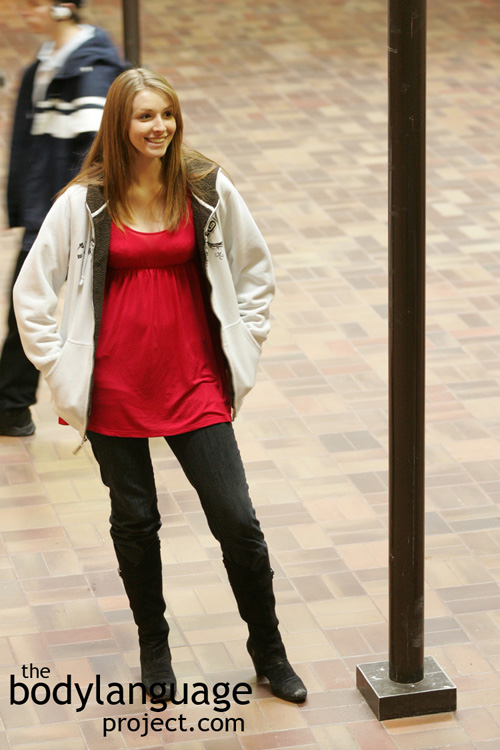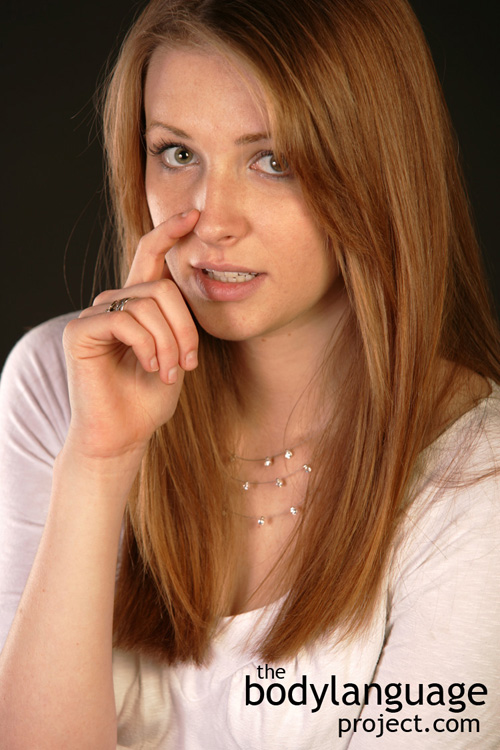
When people are stressed, blood flushes into the skin. Our hands are then drawn to the areas most affected due to increased sensitivity and heat so we tend to point out our stress. Enlarged capillaries in the nose can induce our hands in it’s direction to sooth it. As blood flows to the nose, it enlarges, giving credence to the ‘Pinocchio effect.’
Nose touching might also stem from lying. It can happen as a quick but purposeful touch, the finger might graze the side of the nose, or it can be a persistent rubbing. Sometimes the touch is quick and dirty in an up and down motion, other times it is a brief almost unnoticeable touch to the base of the nose or its side. Face touching can come in two forms, one that serves a real function to alleviate an itch, and one that is the result of negative feelings such as being uncomfortable and stressed. Face touching that is due to an emotion is meant as a fix behind the sensation, the emotion, and not due to any physical need.
In order to appear more honest in front of others, either reduce or eliminate all face touching, make them appear more natural, or make them consistent in affect across all situations. Itching is usually a repetitive isolated gesture, which happens regardless of what is said, and happens at times when it would be impossible to assume a connection to what is being said. For example, saying something of questionable truthfulness, then brushing the side of the nose with an index finger is likely to raise suspicion, whereas bumping the nose when not speaking or when describing insignificant details would go unnoticed. Always try to make gestures appear natural and functional instead and also be particularly conscious of nose and face touching when you think someone is trying to peg you a liar. Over time it is your baseline that will give you away, so if you remain consistent across all situations, you’re less likely to give up tells. Most will find that their minds are more active and busy during lying, so it’s easier to avoid gestures altogether instead of adding honest gestures. This makes eliminating face touching one of the easiest ways to appear honest with minimal effort.


